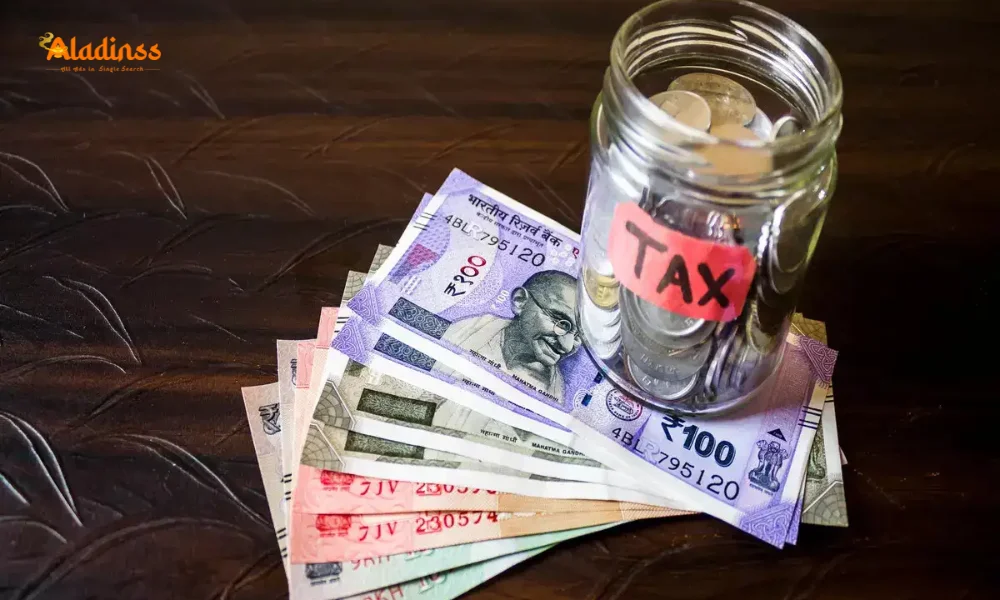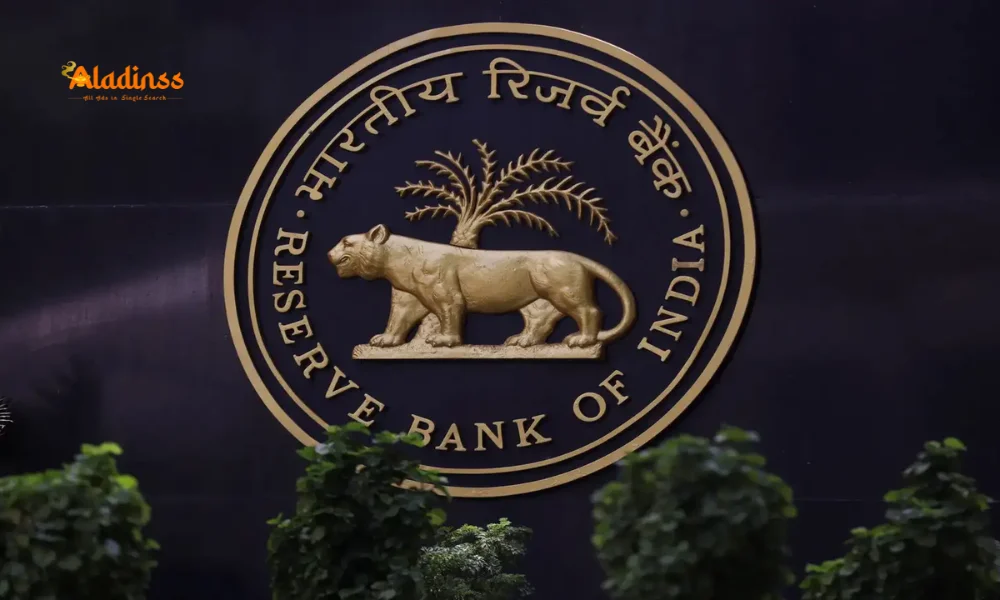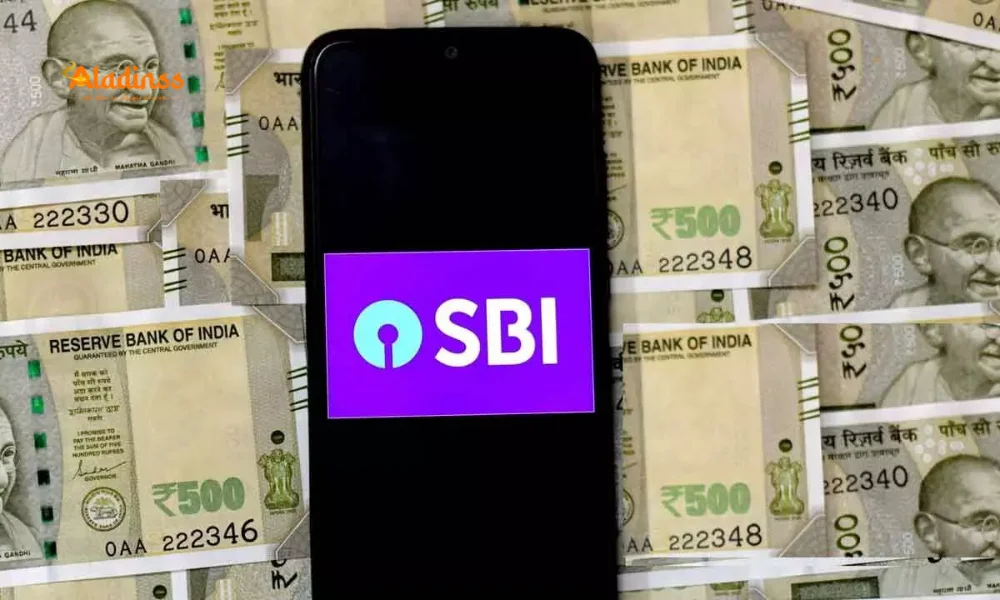213% Gain in 6 Years! RBI Sets SGB Early Exit at ₹11,992 Redeem Now

RBI Announces SGB Series-VI Early Redemption at ₹11,992 – 213% Profit in 6 Years!
The Reserve Bank of India (RBI) has set the premature redemption price for Sovereign Gold Bond (SGB) Series-VI (2019-20) at ₹11,992 per unit, delivering a staggering 213% return to investors who subscribed at the original issue price of ₹3,788 in October 2019. This early exit option, effective from September 30, 2025, offers a golden opportunity for bondholders to lock in massive gains amid soaring gold prices.
The redemption value is calculated using the simple average of closing prices of 999 purity gold reported by the India Bullion and Jewellers Association Ltd (IBJA) over the three business days prior to the redemption date. This transparent pricing mechanism ensures fair valuation aligned with real-time market trends in the yellow metal.

How the 213% Gain Was Achieved
Investors who purchased SGB Series-VI in October 2019 paid ₹3,788 per unit, equivalent to one gram of gold. Over the past six years, domestic gold prices have surged due to global economic uncertainty, inflation concerns, and strong central bank buying. The RBI’s premature redemption price of ₹11,992 reflects this upward trajectory, translating to a capital appreciation of ₹8,204 per unit – a 213% return on investment before accounting for annual interest payments.
In addition to capital gains, bondholders have received 2.5% fixed interest per annum, credited semi-annually directly to their bank accounts. This dual benefit – price appreciation plus regular income – makes Sovereign Gold Bonds one of the most attractive investment avenues in India’s financial landscape.
The SGB scheme allows premature redemption after the fifth year, with payouts scheduled on the next interest payment date. For Series-VI investors, this window opens exactly six years after issuance, providing liquidity without the hassles of storing or securing physical gold.
Tax Benefits That Sweeten the Deal
One of the standout features of Sovereign Gold Bonds is their tax-efficient structure. While the 2.5% interest is taxable under the Income Tax Act, 1961, capital gains on redemption are completely exempt for individual investors. This exemption applies whether the bonds are redeemed prematurely after five years or held until maturity at eight years.
For investors who transfer SGBs before maturity (via stock exchanges), long-term capital gains (held over 36 months) qualify for indexation benefits, significantly reducing tax liability. This combination of tax exemption on redemption and indexation on transfer makes SGBs far superior to physical gold or gold ETFs from a post-tax return perspective.
To put it in numbers: An investor redeeming one unit today receives ₹11,992 tax-free (capital gain portion), plus accumulated interest (taxable). Compare this with physical gold, where sellers must pay GST on sale and capital gains tax without indexation if held under 36 months – SGBs clearly emerge as the smarter choice.
SGB Series-VI: Timeline and Key Details
- Issue Date: October 2019
- Issue Price: ₹3,788 per gram
- Tenure: 8 years (maturity in October 2027)
- Interest Rate: 2.5% per annum (paid semi-annually)
- Premature Redemption Window: After 5 years, on interest payment dates
- Current Redemption Price: ₹11,992 per unit (effective September 30, 2025)
- Capital Gain: ₹8,204 per unit (213% ROI)
- Tax on Redemption: Exempt for individuals
The premature redemption facility is available through designated banks, post offices, and stock exchanges. Investors must submit a redemption request during the specified window, and funds are credited within 7–10 business days post the interest payment date.
Why Sovereign Gold Bonds Outperform Physical Gold
Launched in November 2015, the Sovereign Gold Bond scheme was designed to curb India’s dependence on gold imports and channel household savings into productive financial instruments. Unlike physical gold, SGBs eliminate risks associated with storage, theft, and purity. Investors receive returns linked to gold price movements without ever handling the metal.
Key advantages include:
- No making charges or GST (unlike jewelry or bars)
- Guaranteed purity and government backing
- Regular interest income (2.5% p.a.)
- High liquidity via secondary market trading
- Tax-free capital gains on redemption
- Digital holding through demat or certificate mode
Over the past decade, gold has delivered average annual returns of 12–14% in India. SGBs enhance this with an additional 2.5% interest, pushing total annualized returns close to 15–17% in strong bull cycles – as evidenced by the current 213% gain in just six years.
What Should Series-VI Investors Do Now?
With gold trading near all-time highs, many investors face a dilemma: redeem now and book profits, or hold until maturity in 2027? Financial experts suggest a balanced approach:
- Redeem if: You need liquidity, face financial goals, or believe gold is overvalued.
- Hold if: You have a long-term view, want continued interest, and expect further price appreciation.
The next interest payment is due in April 2026. Investors opting for premature redemption now will receive their final interest prorated up to September 30, 2025, along with the ₹11,992 principal per unit.
For those holding in demat form, SGBs can also be sold on stock exchanges (NSE/BSE) at prevailing market prices, which may offer slight premiums or discounts to the RBI redemption value depending on demand-supply dynamics.
Future SGB Tranches: Should You Invest?
The government continues to issue new SGB tranches multiple times each year. While current issue prices are significantly higher (around ₹7,500–₹8,000 per gram), the core benefits remain intact: 2.5% interest, tax exemption on redemption, and capital appreciation potential.
Analysts recommend SGBs as a core portfolio holding for conservative investors seeking inflation protection and stable returns. With India’s cultural affinity for gold unlikely to fade, demand for paper gold via SGBs is expected to grow, supported by rising financial literacy and digital investment platforms.
The success of Series-VI – turning ₹3.79 lakh into ₹12 lakh for a 100-unit investor in six years – serves as a powerful testament to the scheme’s efficacy. As gold enters a structural bull market driven by dedollarization, central bank purchases, and geopolitical tensions, SGBs offer Indian investors a safe, profitable, and tax-efficient way to participate.
The RBI’s announcement has triggered renewed interest in Sovereign Gold Bonds, with search trends for “SGB redemption” and “gold bond returns” spiking 180% in the past 24 hours. Investors are advised to consult their banks or financial advisors to evaluate redemption options before the next interest payment cycle.
In conclusion, the SGB Series-VI premature redemption at ₹11,992 per unit underscores the scheme’s role as a wealth multiplier for patient investors. With zero holding costs, guaranteed returns, and full tax immunity on capital gains, Sovereign Gold Bonds continue to shine brighter than physical gold in every measurable parameter.
Comment / Reply From
No comments yet. Be the first to comment!










